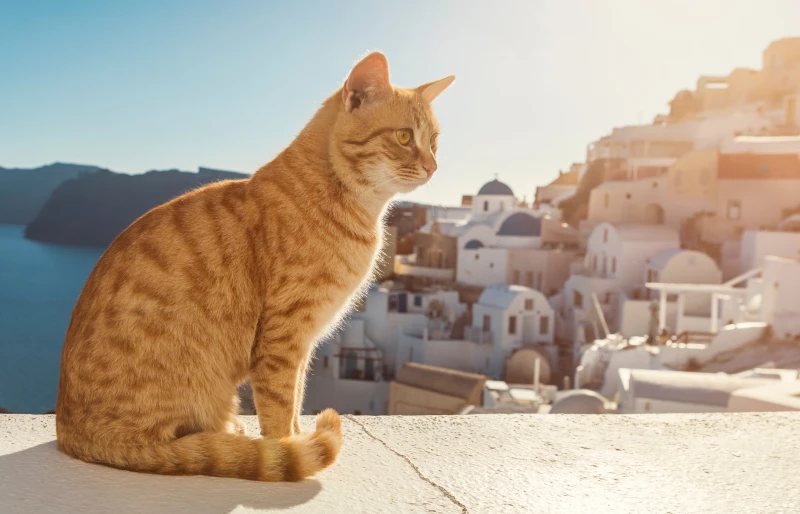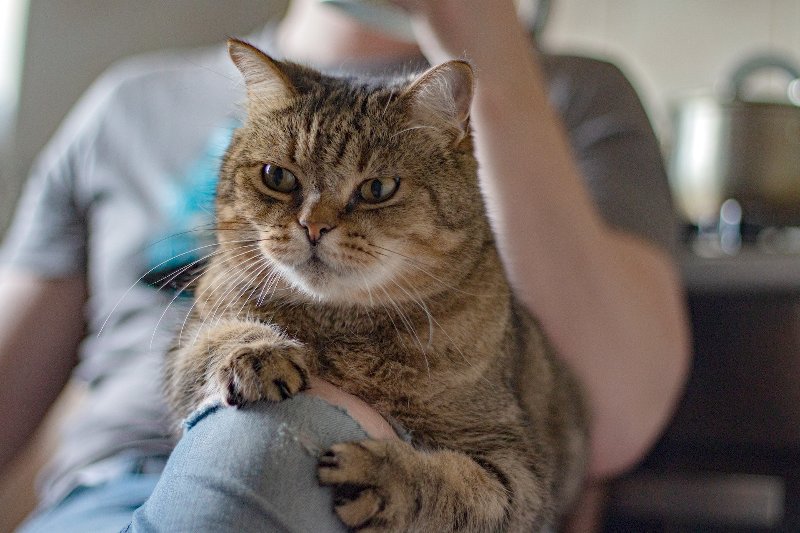Lilac Burmese Cat: Pictures, Facts, Origin & History
Updated on
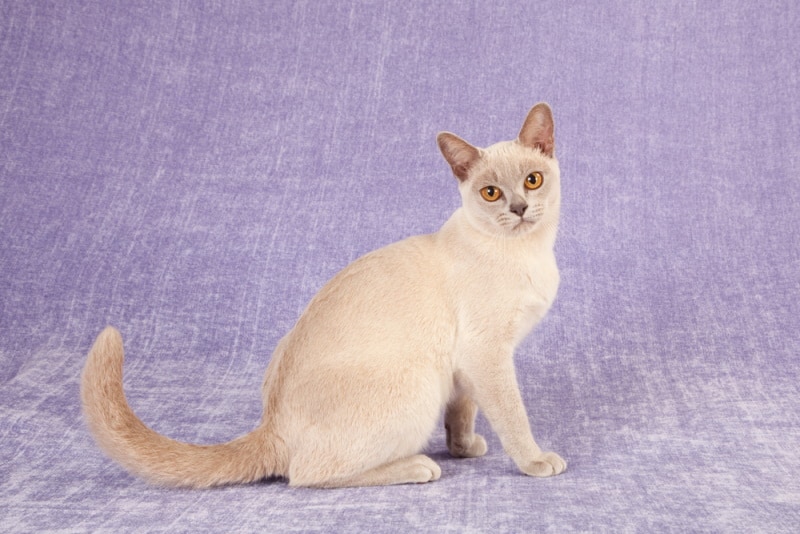
| Height | 9–13 inches |
| Weight | 8–15 pounds |
| Lifespan | 10–17 years |
| Colors | Lilac |
| Suitable For | Families looking for a lovable, friendly feline |
| Temperament | Social, talkative, and athletic |
The Burmese cat originated from Burma, hence its name. However, it largely developed within the United States and Britain. This feline comes in many different coat colors, including lilac. Lilac cats have a soft grey color with a slight pinkish tint. They aren’t purple, despite the coat color name. This coloration is rarer than others, especially the “original” brown coat color.
Lilac Burmese cats share the same history and traits as the rest of the breed’s coat colors. All the colors, including lilac, showed up pretty early in the breed’s history.
Lilac Burmese Cat Breed Characteristics
The Earliest Records of the Lilac Burmese Cat in History
The Burmese cat likely developed from the Siamese. In 1871, a pair of Siamese cats were shown at a cat show. These felines resembled the modern Burmese cat but were roped in with the Siamese breed. Their owner attempted to create a new breed from these felines, but the resulting cat was known as the “Brown Siamese”—a color variation, not a new breed.
The Brown Siamese was interbred with regular Siamese cats for a long time. Many breeders sought to bring the Brown Siamese more in line with the Siamese cats of the time. Eventually, this breed was interbred so closely with the Siamese that it died out.
The Burmese cat wasn’t developed until 1930 when Dr. Joseph Thompson imported one of the few Brown Siamese cats left (or, at least, he thought he did). He thought the feline differed enough from the typical Siamese that it could become its own breed. Therefore, he crossed the cat with a male Siamese and interbred the kittens to create the new, distinctive Burmese cat.
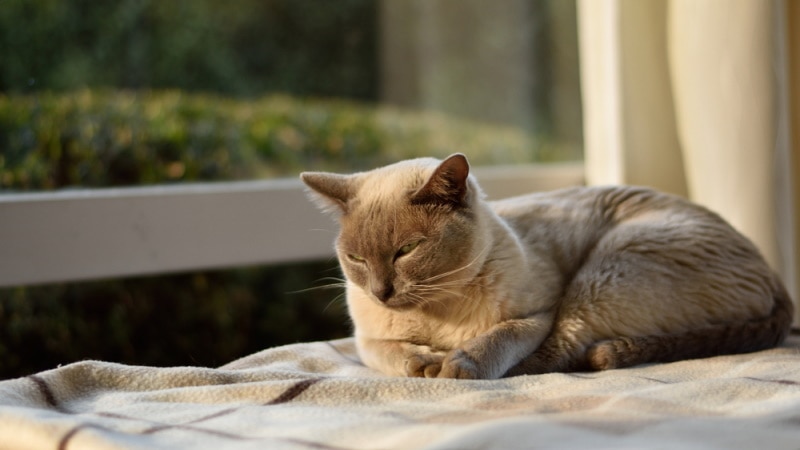
How the Lilac Burmese Cat Gained Popularity
The breed was almost instantly popular among cat breeders in America. Dr. Thompson tried to get the breed recognized by American officials shortly after the cat was bred. However, this feline wasn’t popular amongst the general population for some time.
In the UK, interest in the breed started reviving shortly after the breed was created in America. Some cats were imported from America and added to the British cats to start a breeding program. The British cat was a bit different, as it developed separately. Today, much of Europe uses the British standard for the breed.
Formal Recognition of the Lilac Burmese
The Burmese recognition is a bit complicated. Technically, the CFA formally recognized the breed shortly after it was bred. However, the breed often outcrossed with the Siamese in its early days, eventually leading to the CFA suspending recognition. However, in 1954, the CFA stopped the suspension as the breed was more developed. At that time, the British Cat Fanciers club also recognized the breed, complying with American judgment.
Both the British and American versions of the breed vary. They’re kept genetically distinct and aren’t the same breed. Sometimes, breed registries have different groupings for American and European Burmese. Typically, the British standard is utilized outside of the United States unless a distinction in type is made.
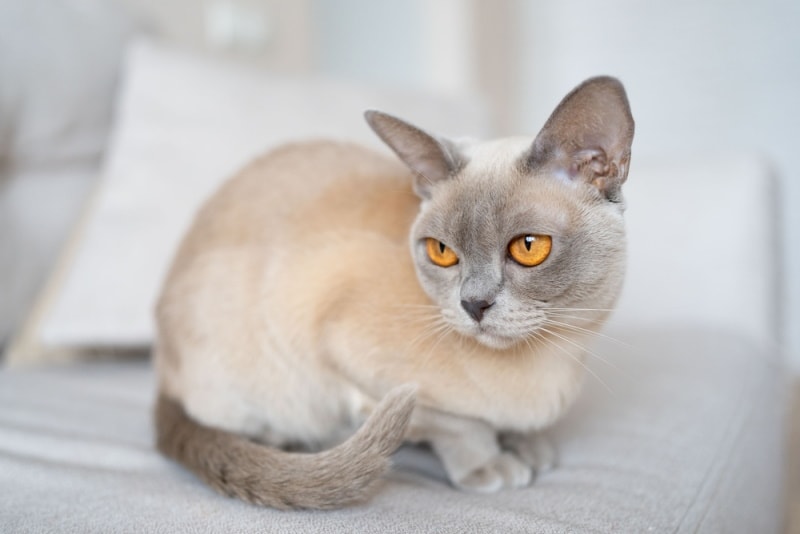
Top 3 Unique Facts About the Lilac Burmese
1. Not everything was as it seemed when the breed was founded
Despite the traditional founding story, the original female cat used to find the Burmese breed probably wasn’t purely Brown Siamese. Instead, she was probably a cross between a Siamese and a Brown Siamese, which is recognized today as the Tonkinese. Therefore, this breed likely has many more Siamese genes than it is often considered to have.
2. There are two “types”
The European Burmese and American Burmese differ widely. They have different appearances and temperaments, as they were developed almost exclusively from one another. Both are called the Burmese, but some registries differentiate between the two.

3. They’re a bit dog-like.
These cats often like to play games like fetch and tag. They’re also known to have a dog-like attachment to their owners, which makes them extremely friendly and affectionate. They’re known for waiting for their owners at the door and following them around the house when they come home.
 Does the Lilac Burmese Make a Good Pet?
Does the Lilac Burmese Make a Good Pet?
These cats were designed to be good pets. They’re incredibly affectionate with many “puppy-like” characteristics. They form strong bonds with their owners and want to always be the center of attention. They require more attention than other cats for this reason, though. Therefore, we only recommend them for owners that plan on being home for much of the time. They don’t do best when left home alone all day.
They’re very vocal, noisy cats. They’re described as “talkative,” which some owners like. However, they can get annoying if you aren’t used to that level of vocalization. They’re fairly similar to the Siamese in this manner. (In fact, due to their close genetic link to the Siamese, they often act like the Siamese.)
These cats like to play games like fetch and can even be taught tricks. They’re very devoted to their owners, often making training much easier.
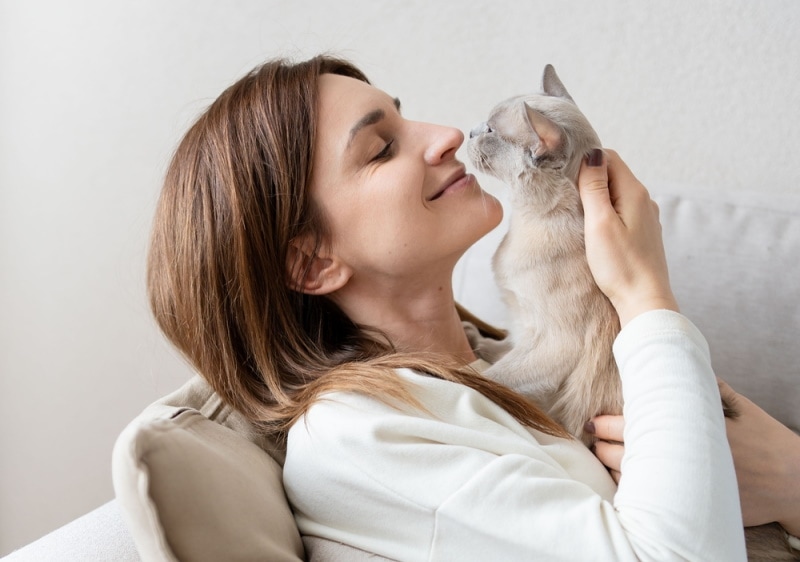
Summary
Burmese cats were developed from the Siamese. At some point, two felines that stood out distinctively from the Siamese were shown. This type was bred through careful breeding over many years. However, this breed was originally only a type of Siamese, and it shows. They act a lot like a Siamese, and it isn’t odd for them to be confused as a Siamese.
Today, the Burmese is somewhat popular in America and across Europe, the lilac color variation included. However, it isn’t one of the most popular cats out there. It has also been used to create a range of other cat breeds.
Featured Image Credit: Linn Currie, Shutterstock


